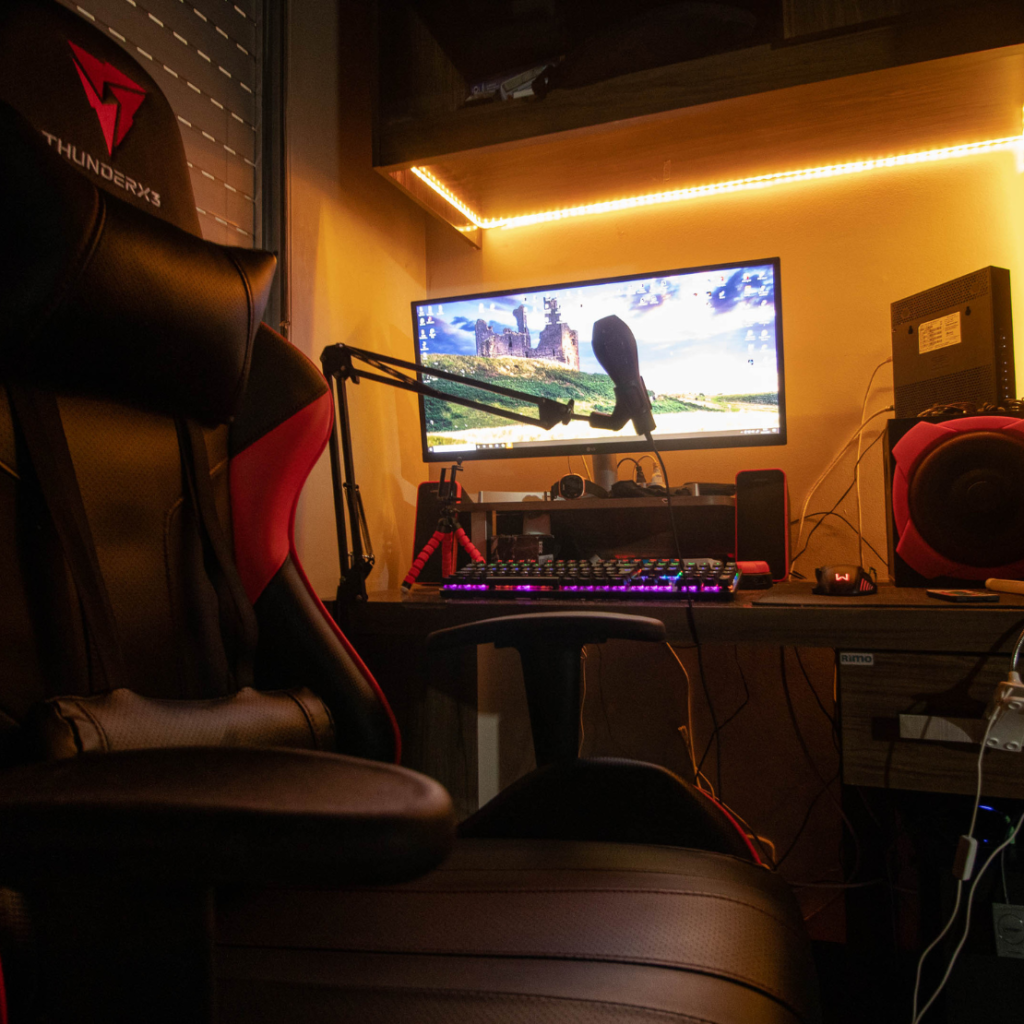Creating a Virtual Economy for Your Gaming Website
The gaming industry has evolved from simple offline experiences to immersive, interconnected worlds. One key aspect driving engagement in modern gaming is the introduction of virtual economies. A virtual economy is a system within a game that enables players to earn, trade, and spend virtual goods or currencies. When implemented effectively, it enhances player engagement, monetization opportunities, and the overall gaming experience. In this article, we explore how to create a robust virtual economy for your gaming website.
Understanding Virtual Economies in Gaming
A virtual economy mimics real-world economies by introducing supply, demand, and value systems in a digital environment. It revolves around virtual goods, currencies, and services that players can acquire and utilize. Examples of virtual economies include those in massive multiplayer online (MMO) games like World of Warcraft, where players trade goods and currency, or in sandbox games like Minecraft, where custom worlds operate with player-driven economic systems.
A well-structured virtual economy can boost user retention and provide new streams of revenue through in-game purchases and microtransactions.
Steps to Build a Virtual Economy for Your Gaming Website
1. Define the Purpose of Your Virtual Economy
Before setting up a virtual economy, consider its primary goals. Are you trying to enhance player engagement, create monetization opportunities, or both? Align your virtual economy with the core gameplay mechanics and the overall theme of your game. For example, a futuristic game may benefit from a digital credits system, while a medieval fantasy might use gold coins and artifacts.
2. Introduce a Virtual Currency
Virtual currency is the backbone of any in-game economy. This currency can be earned through gameplay, purchased with real money, or both. Common examples include gold coins, gems, or digital credits. When designing a currency system:
- Ensure there is a balance between earnable and purchasable currency to avoid alienating non-paying players.
- Use multiple currency types, such as one for general use and another for premium features, to create diversity in transactions.

3. Design Virtual Goods and Services
Virtual goods and services are the heart of your economy. They can range from cosmetic items like character skins to functional upgrades like weapons, armor, or access to special features. Some tips:
- Categorize items by rarity to create a sense of exclusivity.
- Incorporate limited-time offers to drive player urgency.
- Ensure a variety of goods appeals to different player preferences.
4. Establish a Trading System
A trading or marketplace system allows players to buy, sell, or exchange virtual goods. This promotes player interaction and enhances the feeling of a living economy. Decide whether you want:
- A player-driven economy where players set prices.
- A system controlled by your team, with fixed pricing.
Adding auctions or bidding mechanisms can add excitement to transactions.
5. Balance Earning and Spending Mechanisms
Striking the right balance between earning and spending opportunities is critical. If players earn too much currency, it devalues items, while too little earning potential frustrates them. Some strategies include:
- Rewarding players for completing missions, challenges, or milestones.
- Introducing consistent sinks, such as maintenance costs for in-game assets or upgrades, to regulate the economy.
6. Monitor and Adjust the Economy
Virtual economies require ongoing monitoring to ensure they remain fair and functional. Use analytics to track player spending, item demand, and currency circulation. Adjust item prices, rewards, or availability as needed to address imbalances.
Leveraging Virtual Economies for Monetization
Virtual economies are excellent tools for generating revenue. Here are some monetization strategies:
- Microtransactions: Allow players to purchase virtual currency or premium goods with real money.
- Season Passes: Offer exclusive content and rewards for players who subscribe to seasonal passes.
- Ad-Supported Rewards: Provide currency or goods as rewards for watching ads.
Challenges to Anticipate
While virtual economies have tremendous potential, they also come with challenges:
- Player Fairness: Ensure that paying players don’t have an overwhelming advantage over non-paying ones.
- Fraud Prevention: Implement robust systems to prevent hacking or exploitations of the economy.
- Regulation Compliance: Stay informed about legal requirements regarding virtual currencies and in-game purchases in different regions.
Conclusion
Creating a virtual economy for your gaming website is a strategic way to increase player engagement, foster community interaction, and open up monetization opportunities. By carefully planning and continuously refining your virtual economy, you can create a vibrant, dynamic system that keeps players invested in your game.
At Primea Biz Consultancy, we help gaming businesses design and implement virtual economies tailored to their unique goals. Ready to level up your gaming platform? Contact us today for expert advice.


